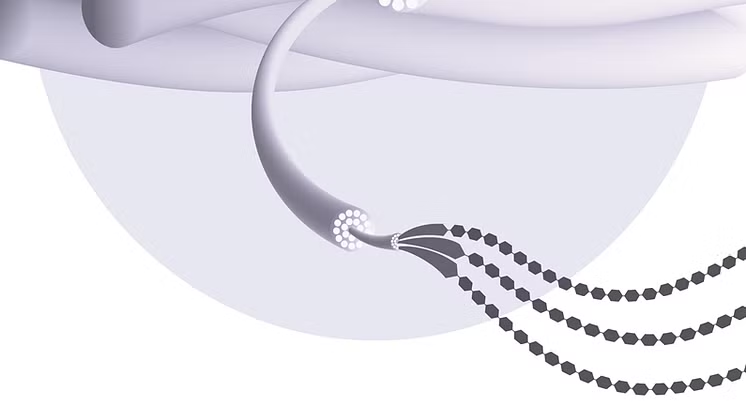Cellulose nanofibres represent a promising resource for multiple industrial sectors, but what is their impact on the marine environment? A study published in the prestigious journal Environmental Science Nano of the Royal Society of Chemistry recently addressed this issue in a study on marine organisms considered sentinels of sea health: mussels.

Image Credit: Politecnico di Milano
The work was conducted jointly by the research groups OSCMLab from the 'G. Natta' Department of Chemistry, Materials and Chemical Engineering at the Politecnico di Milano (Dr Laura Riva and Prof. Carlo Punta), and EcoBiomLab from the Department of Physical, Earth and Environmental Sciences at the University of Siena (Dr Tatiana Rusconi and Prof. Ilaria Corsi), in collaboration with Prof. Montserrat Solè from the Institute of Marine Sciences in Barcelona.
The study analysed two types of cellulose nanofibres – oxidised and non-oxidised – to assess their ecotoxicological impact on Mediterranean mussels and to determine how safe they are for the marine environment.
The results showed that cellulose nanofibres can affect the immune response of mussels and alter the functionality of their gills through physical interactions (surface adhesion). However, the study did not observe any toxicity such as to endanger the species' survival, nor conditions of stress capable of altering its response to environmental changes.
Laboratory experiments also ruled out possible changes in the pH and salinity of sea water following the release of nanofibres, mimicking realistic exposure scenarios such as their transport with sewage effluents in coastal marine areas.
“This study raises fundamental questions about the interaction between cellulose nanofibres and marine biodiversity,” says Prof. Ilaria Corsi from the Department of Physical, Earth and Environmental Sciences at the University of Siena, “stimulating the need for further research to perform an ecological risk assessment that takes into account chronic exposure times and multiple stress conditions, such as those now affecting Mediterranean marine and coastal areas.”
“At the same time,” adds Prof. Carlo Punta from the 'G. Natta' Department of Chemistry, Materials and Chemical Engineering at the Politecnico di Milano, “it opens the door to a responsible use of this nanomaterial, of growing interest in sustainable applications in the cosmetics, paper, packaging and paint sectors, as well as in construction and the automotive industry.”